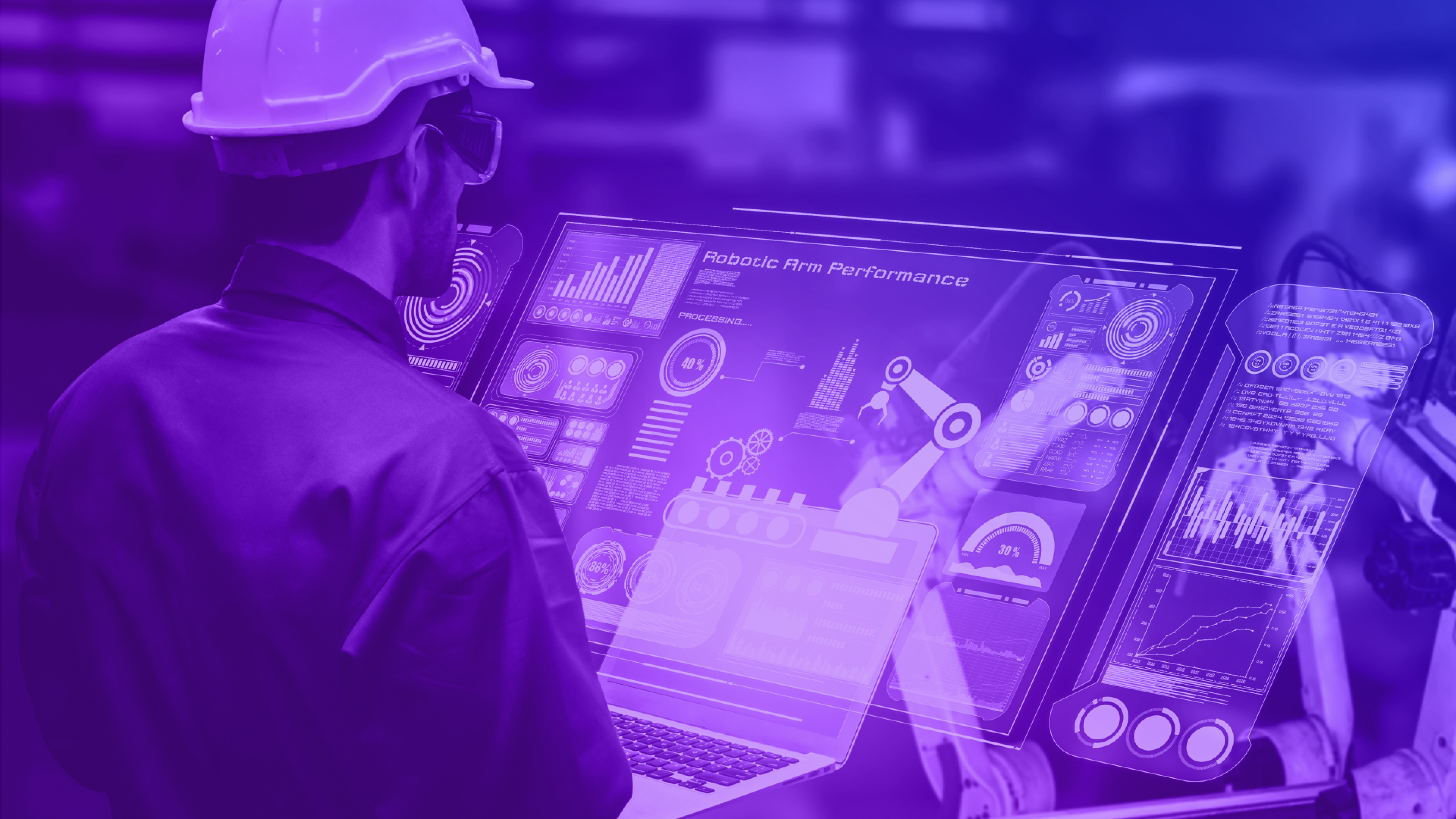The state of VR in manufacturing
Modern Industrialist Podcast

Powered by RedCircle
The episode:
What’s virtual reality’s value for manufacturing today? In this episode we break down everything you need to know about today’s spatial computing (virtual reality, augmented reality, mixed reality, etc.) for manufacturers.
We discuss how it could speed up and standardize training. We envision how it could empower more stakeholders, including clients and maintenance teams, to provide input earlier in the design process. We also get into the difference between the spatial computing leaders (Apple, Microsoft, and Meta) and what to watch for in this space.
The big takeaway: Right now manufacturers can find immediate value in spatial computing by using it as an innovation catalyst. Putting on a spatial computing headset gives new perspective to what is possible, driving teams to better digitize and organize their work.
Resources:
Connect with Jason Hehman on LinkedIn
Connect with Patrick Turley on LinkedIn
Connect with Ed LaFoy on LinkedIn
The podcast:
Presented by TXI, The Modern Industrialist Podcast is for technology-focused manufacturing and logistics leaders looking to gain a competitive edge with Industry 4.0 transformation. Join our host Jason Hehman as he brings together experts from companies blazing the path for the IIoT revolution. Topics range from advice to success stories, use cases, solutions, and more.
The expert:
Podcast Host: Jason Hehman, Industry 4.0 Vertical Lead and Client Partner at TXI
Co-hosts: Patrick Turley, Head of Engineering at TXI and Ed LaFoy, Lead Engineering Manager
Book a meeting with Jason
Summary and themes explored in this episode:
Introduction and Background:
Introduction of Jason Hehman, Patrick Turley, and Ed LaFoy
Brief mention of their focus on AR, VR, and mixed reality, including recent work with Apple Vision Pro.
Light-hearted note on the prevalence of beards among the team members.
Understanding AR, VR, and Spatial Computing:
Discussion on the confusion and utilization of AR, VR, and mixed reality in the industry.
Introduction of the term "spatial computing" as an umbrella term encompassing these technologies.
Apple’s rebranding and marketing strategy to differentiate their technology.
Consumer Adoption and Technological Advances:
Examination of why AR and VR are gaining traction with consumers.
Mention of Facebook’s (Meta) investment in the Metaverse.
Technological advancements reducing friction points such as setup complexity and latency.
Specific improvements in devices like the Apple Vision Pro, including untethered design and hand tracking.
Industrial and Manufacturing Applications:
Use of AR/VR for immersive training in hazardous environments and manufacturing.
Importance of maintaining peripheral vision in industrial applications for safety.
Example of using AR/VR for railcar fleet maintenance and heavy machinery sales.
Future potential of AR/VR for plant managers and the visualization of factory operations.
Design and Development Integration:
Benefits of incorporating maintenance feedback into the design process using 3D models.
Evolution from traditional drafting to CAD models and digital twins in design.
Collaboration between technicians and designers facilitated by AR/VR.
Challenges and Opportunities in Spatial Computing:
Discussion on the high learning curve of current design tools like Blender and AutoCAD.
Potential for more intuitive 3D design experiences.
The role of additive manufacturing in complementing spatial computing technologies.
Consumer and Enterprise Market Dynamics:
Addressing criticisms of the Apple Vision Pro regarding form factor and price.
Comparison of Meta, Microsoft, and Apple’s strategies and strengths in the AR/VR market.
Importance of Apple’s developer ecosystem and potential for content creation.
Adoption Framework for Industrial Decision Makers:
Encouragement for hands-on experimentation with AR/VR devices.
Creating an innovation ecosystem within organizations.
Benefits of integrating AR/VR for training and transitioning from traditional methods to digital solutions.
Final Thoughts and Listener Engagement:
Acknowledgement of potential disagreements and encouragement for listener feedback.
Invitation for listeners to engage with the hosts on LinkedIn and participate in future podcast discussions.
Produced by NOVA Media
Published by Jason Hehman , Patrick Turley in podcasts

Find out how intelligent solutions can accelerate growth for your organization.


